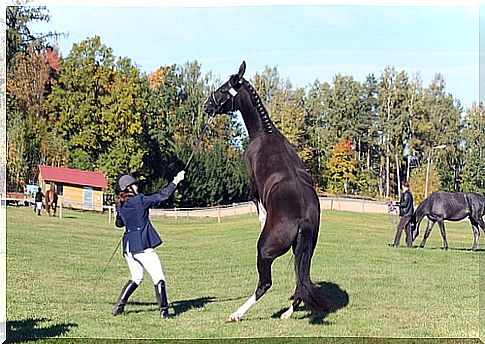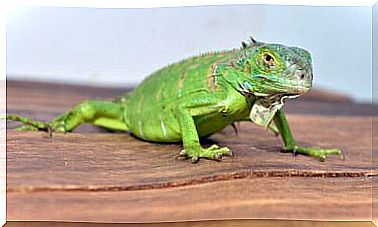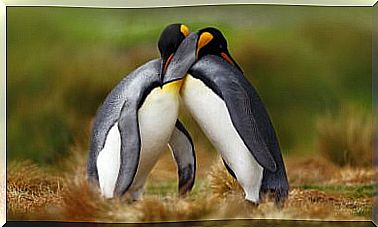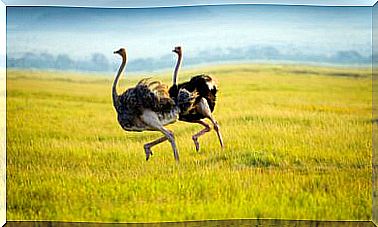Can Animals Perceive Fear Through Smell?

nces, could a predator smell the fear of its prey? If we focus on the previous statement, it would not be possible for an animal to perceive the fear of an individual of another species. However, the behavioral changes that an animal undergoes when feeling fear can be detected by other individuals.
Olfactory systems
In vertebrate animals – although not in all – there are two different olfactory systems. On the one hand, we find the main olfactory system, which is responsible for consciously detecting volatile molecules in the air. For example, the smell of a flower, coffee, spices, the body odor of animals, etc.
When we smell these particles, directly, we are breathing them. These bind to the olfactory receptors in the nostrils and the information reaches the brain. Emotional states, such as fear, are usually not considered capable of generating odor-laden molecules.
On the other hand, we have the accessory olfactory system, called the vomeronasal organ. This structure is located above the soft palate of the mouth, under the nasal cavity. Here, highly specific odor molecules are detected and the information passes through the olfactory bulb.

This accessory olfactory system does not detect air molecules. It is actually designed to “read” non-volatile pheromone messages.
Is it possible to perceive fear through smell?
The role that the accessory olfactory system plays in social communication could suggest that fear can be communicated through smell. This is because the substances detected are processed and interpreted in the limbic system, whose primary organ is the amygdala. This structure is responsible for perceiving and responding to fear.
On the other hand, according to studies, pheromone communication occurs exclusively between members of the same species. This fact makes it impossible for any animal to smell the fear of another species through the accessory olfactory system.
For this reason, it is suggested that the feeling of fear that an animal may perceive will depend more on the behavioral patterns that the olfactory signals give.
For example, in horses, visual and auditory stimuli are the most important in the activation of behavioral response, despite being one of the animals with the best sense of smell.
When a fearful person rides a horse, he already knows that he is afraid because of his body posture and, it is very likely that the horse does not respond to orders, which are usually abrupt in people with fear, since he has learned from previous times.

Animals can smell the fear of their peers
In various studies with birds, mollusks or arthropods, it is concluded that fear can manifest itself after perceiving certain chemicals.
In some species of marine snails, when an individual is attacked and injured, it releases substances to alert members of the same species, which tend to flee or hide. The same goes for several species of crabs.
In one species of bird, although there is still debate as to whether or not they are able to smell, it has been discovered that, when the chicks are afraid, they vomit a very odorous substance that alerts the parents, who in turn avoid approaching the nest so as not to be predated.
So, can animals perceive fear through smell?
There is a perception of fear among individuals. However, it is not likely that this occurs through smell, but specific behaviors.









